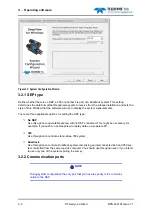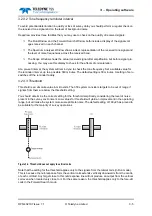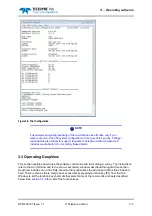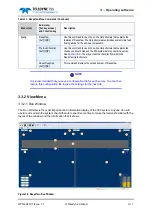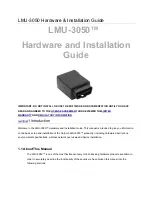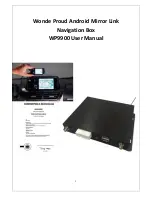
2 – Installation
2-18
© Teledyne Limited
DPN 402197 Issue 7.1
5. After you have screwed the two jacking screws home, use your fingers to ease the end-cap
away from the SEP housing. Note that a partial vacuum may form inside the housing and this
may make it difficult to remove the end-cap.
Do not insert any hard or sharp instruments
into the gap to act as a lever because this may scratch the surface, following which cor-
rosion will occur.
6. Remove the two jacking screws from the end-cap.
7. Do not allow strain to develop on the internal connectors as you ease the end-cap away from
the SEP housing. Disconnect the 8-way and the 6-way internal connectors by pressing their
two side-clips together and pulling the plugs and sockets apart.
8. Disconnect the ground strap by pulling the spade connector and receptacle apart.
Remove the coil connector end-cap:
1. Remove the four M4 × 12mm A4 stainless-steel screws as before. Substitute two of these
screws in place of the two button head screws to jack the end-cap away from the SEP housing.
Remove the jacking screws from the end-cap.
2. Remove the end-cap carefully – note that it carries all the circuit board assemblies. Handle this
assembly with care. Pull the end-cap carefully until the entire assembly is free of the SEP
housing and place it on the clean anti-static work surface. Save the pack of desiccant that is
wedged underneath the circuit-board assembly and store it in a warm dry place while you work
on the circuitry.
3. The Processor Board is located on one side of the central support block, and the ADC and the
Power Supply boards are located together on the other side.
Change the communication links:
Identify the Processor Board and locate the five links LK1 to LK5 as shown in
Figure 2-10: Link location on the SEP processor board





















